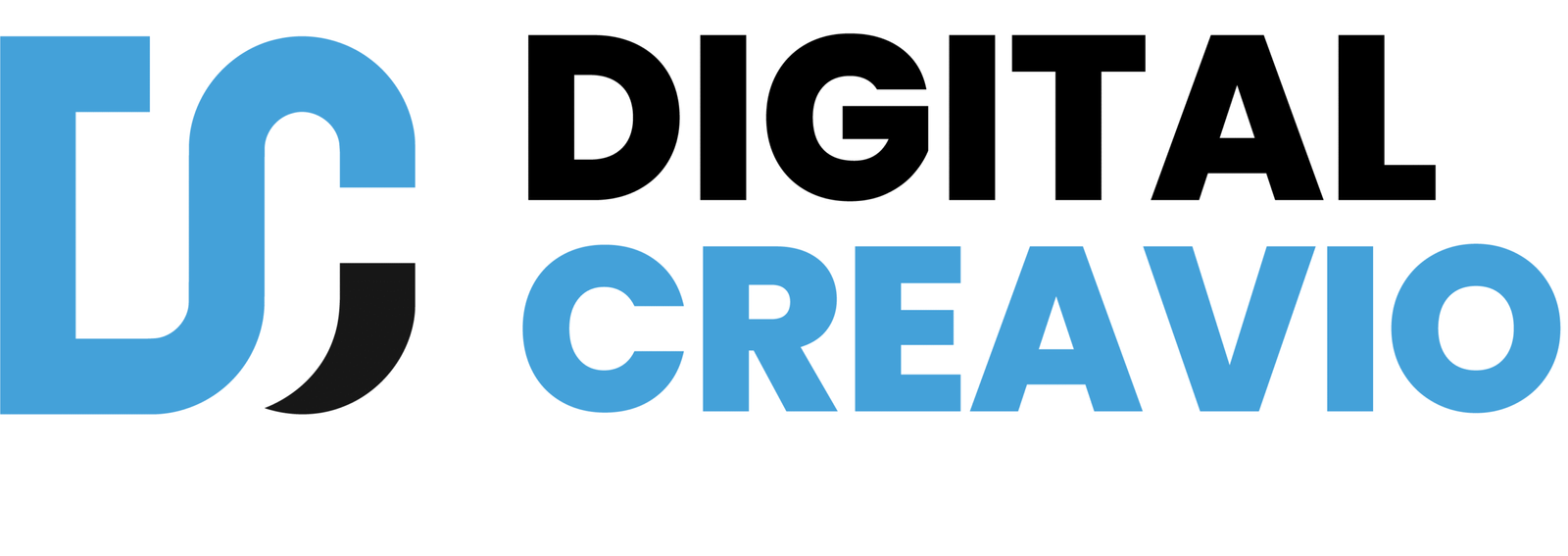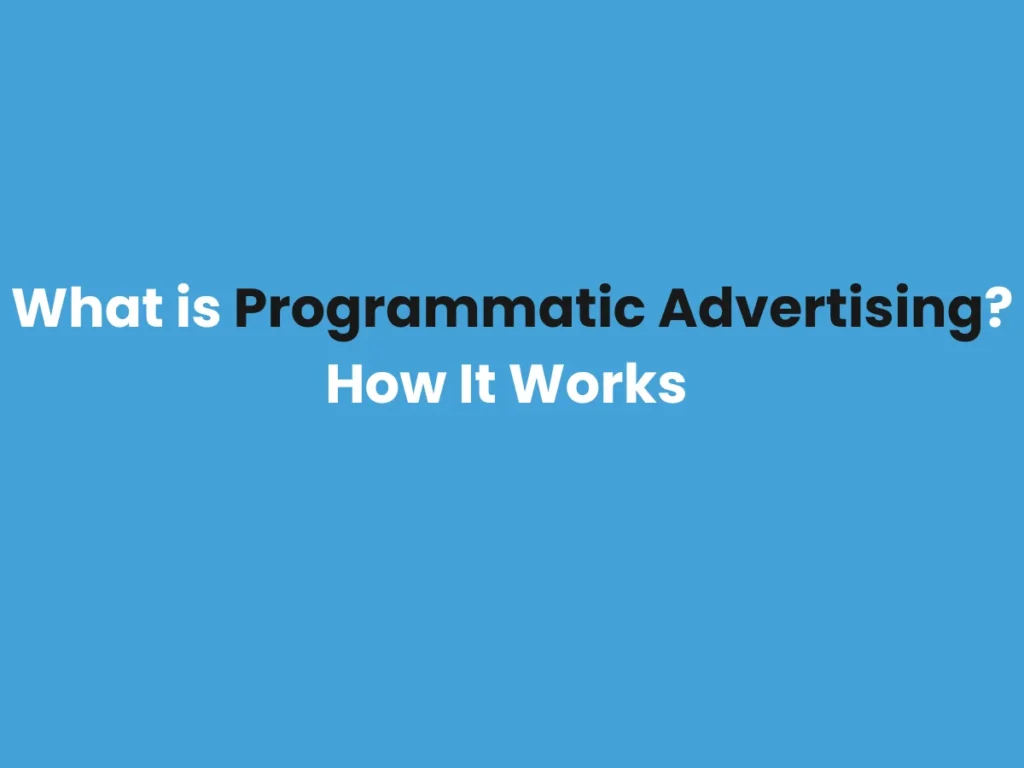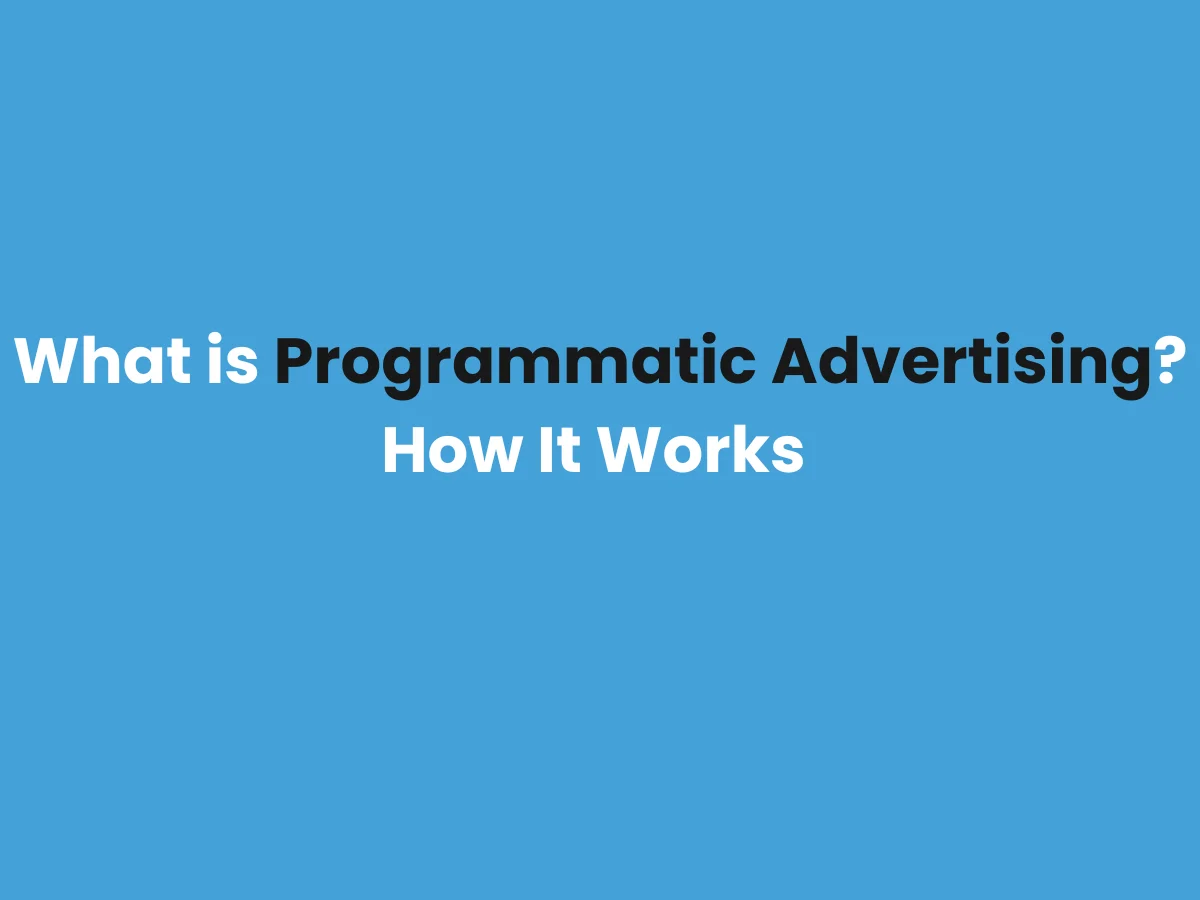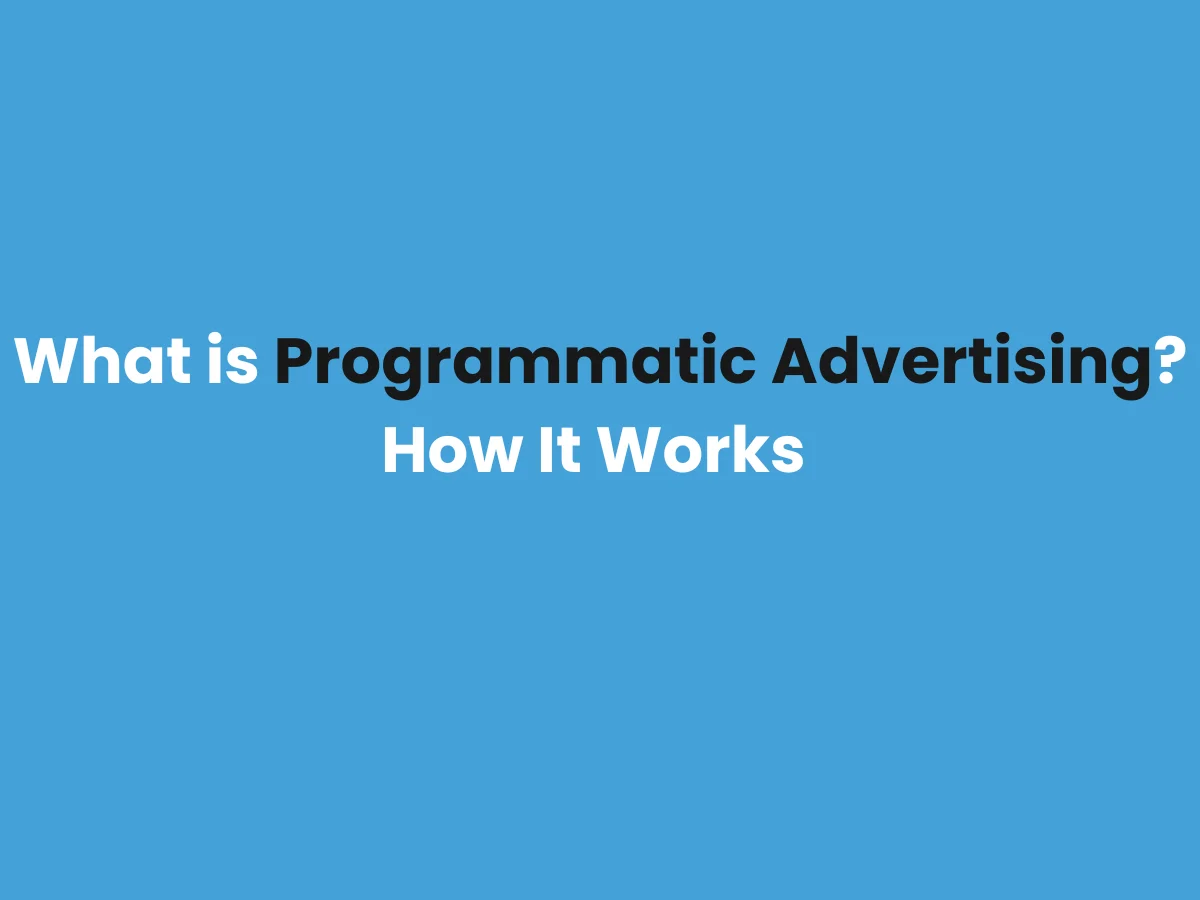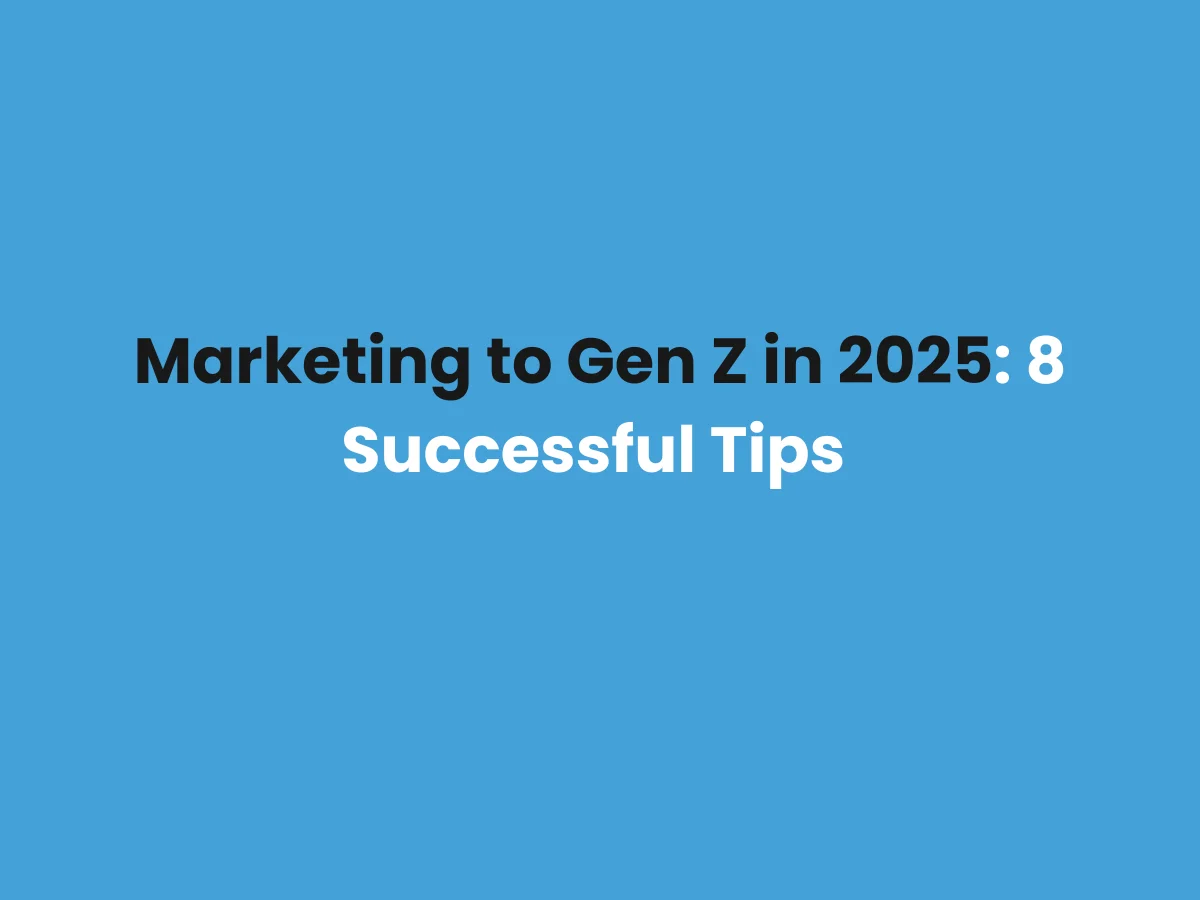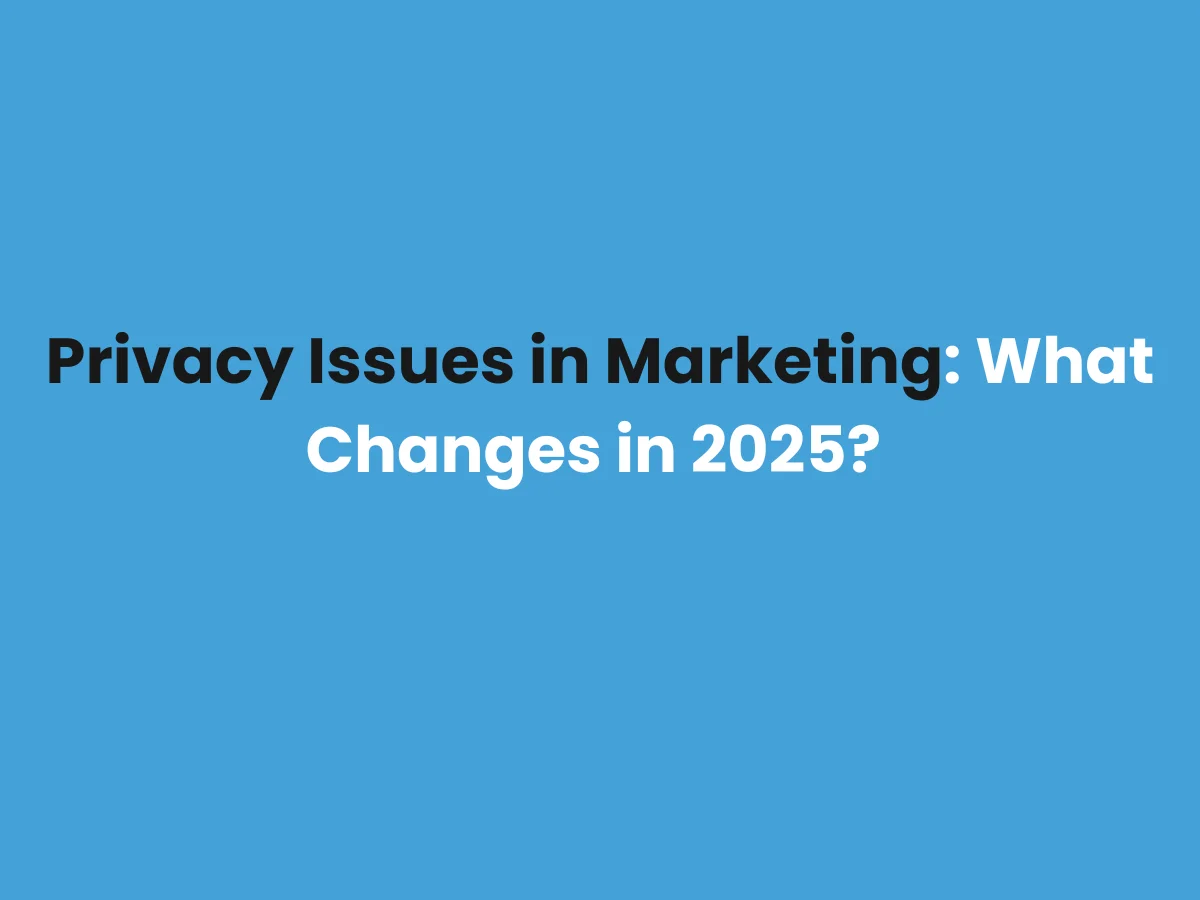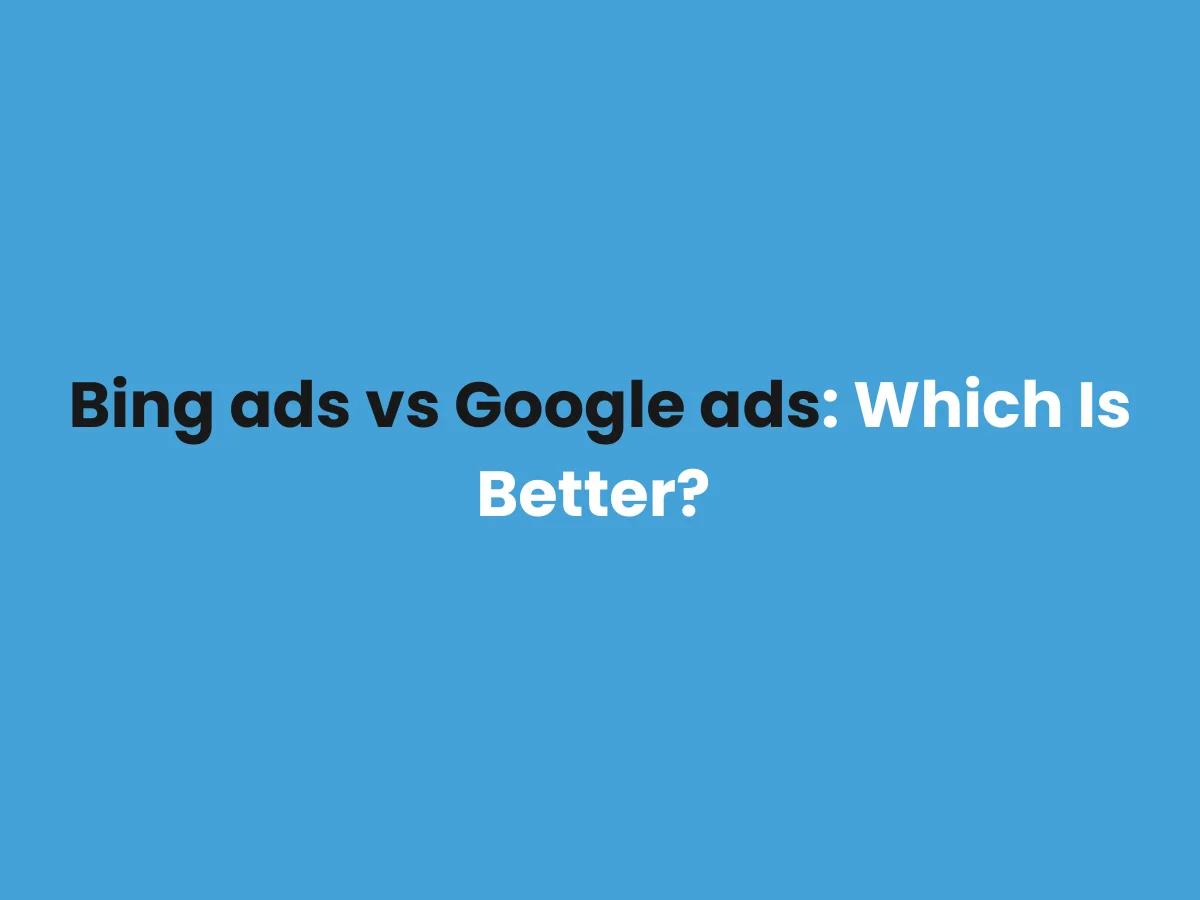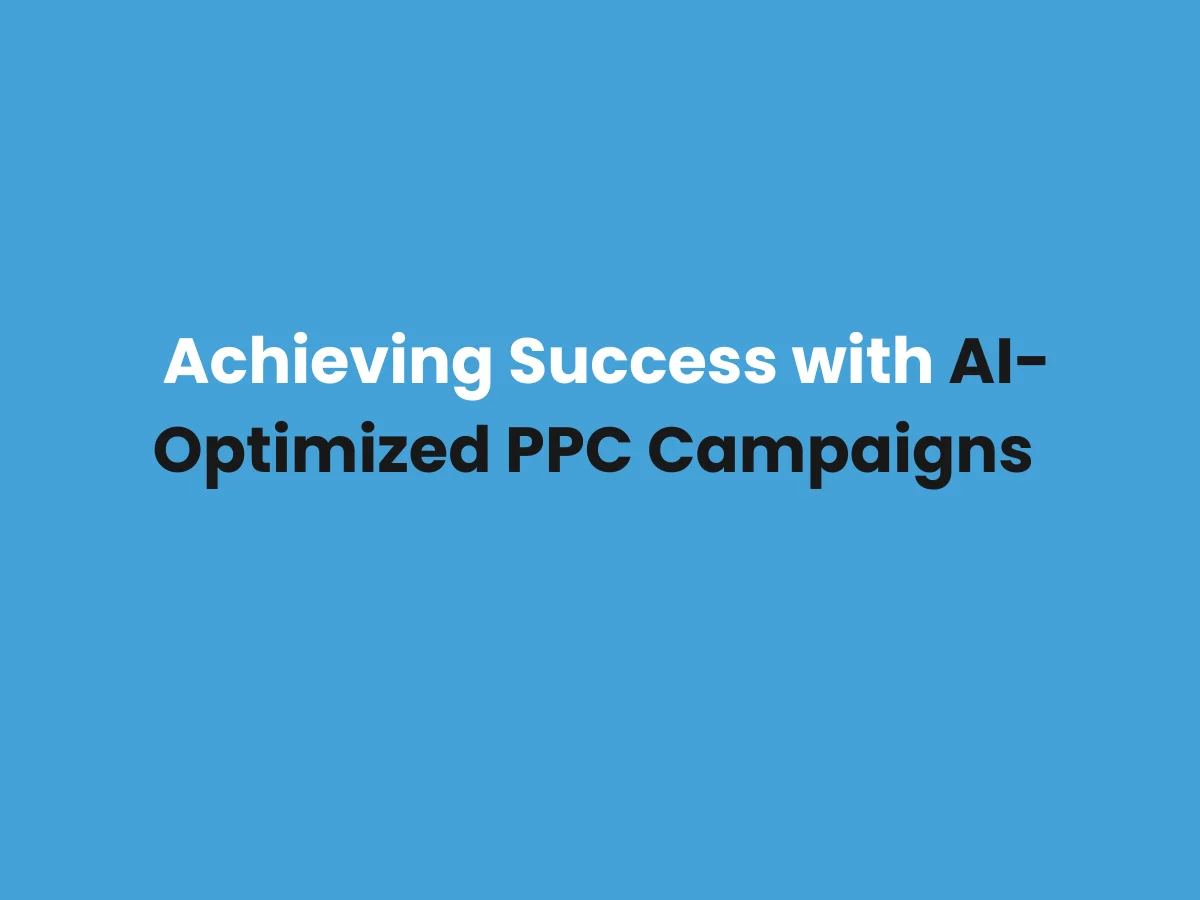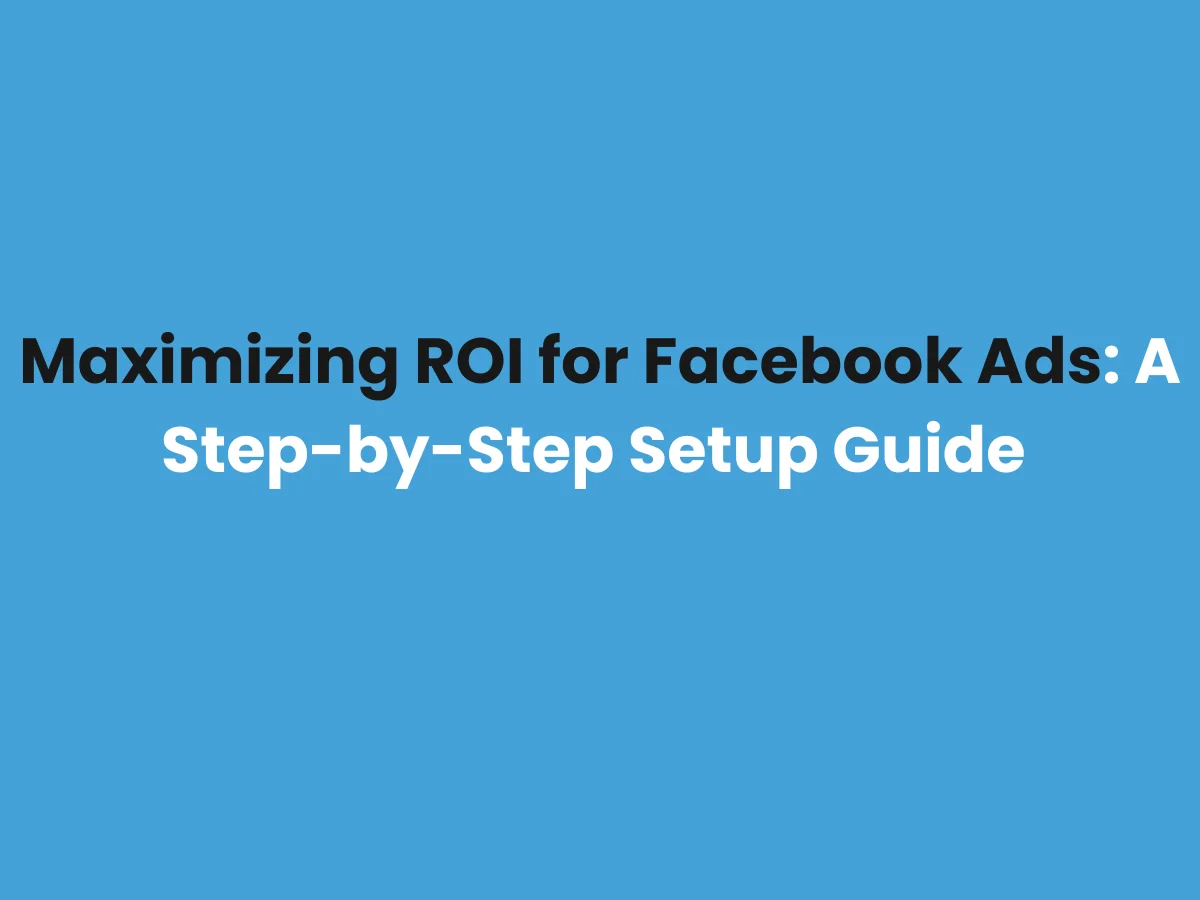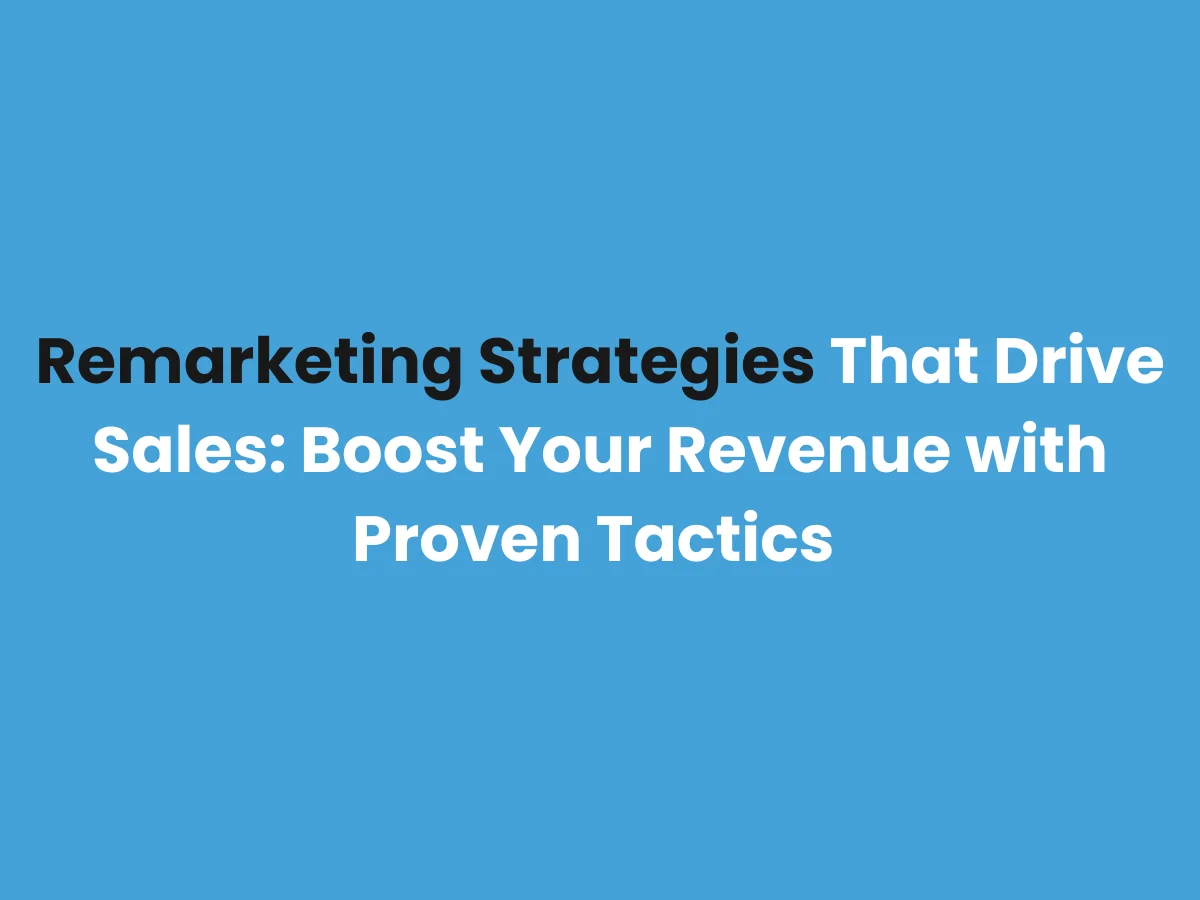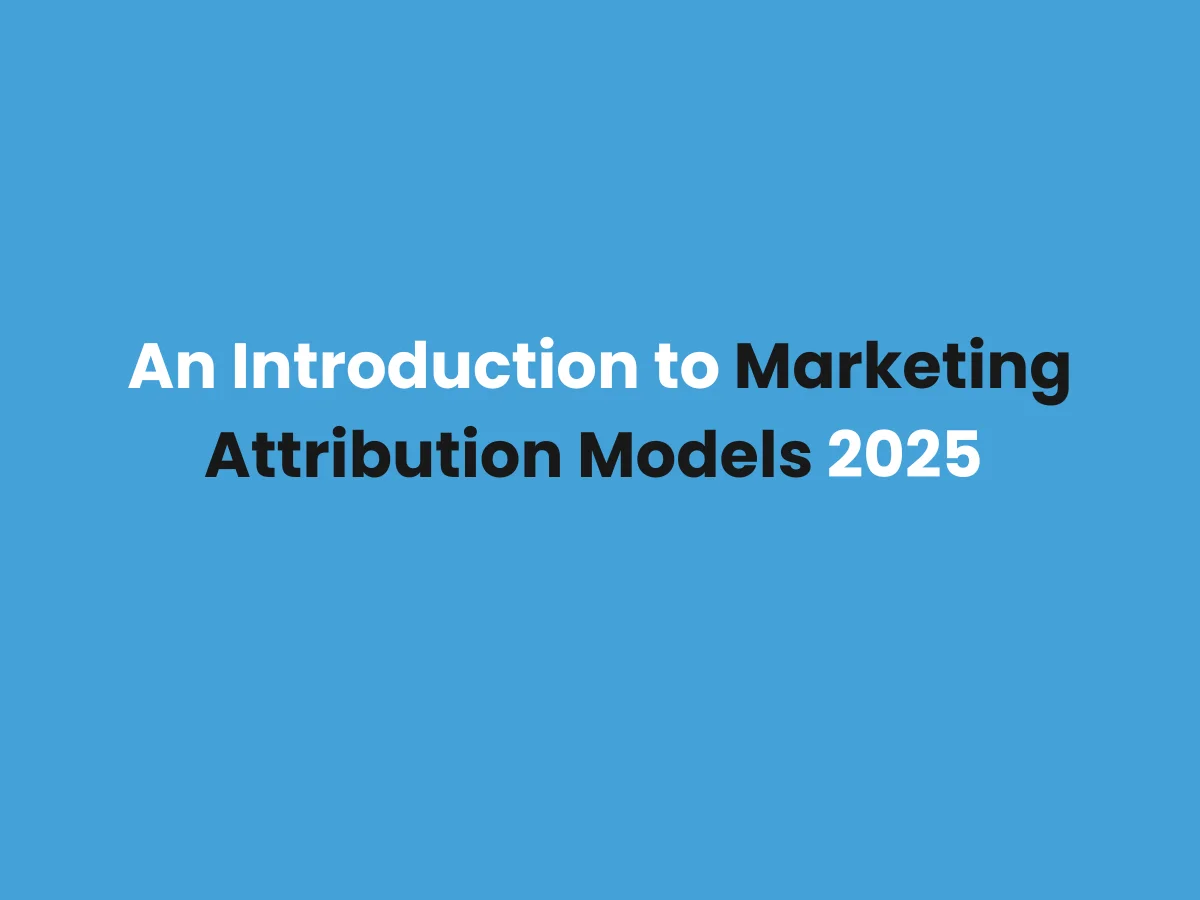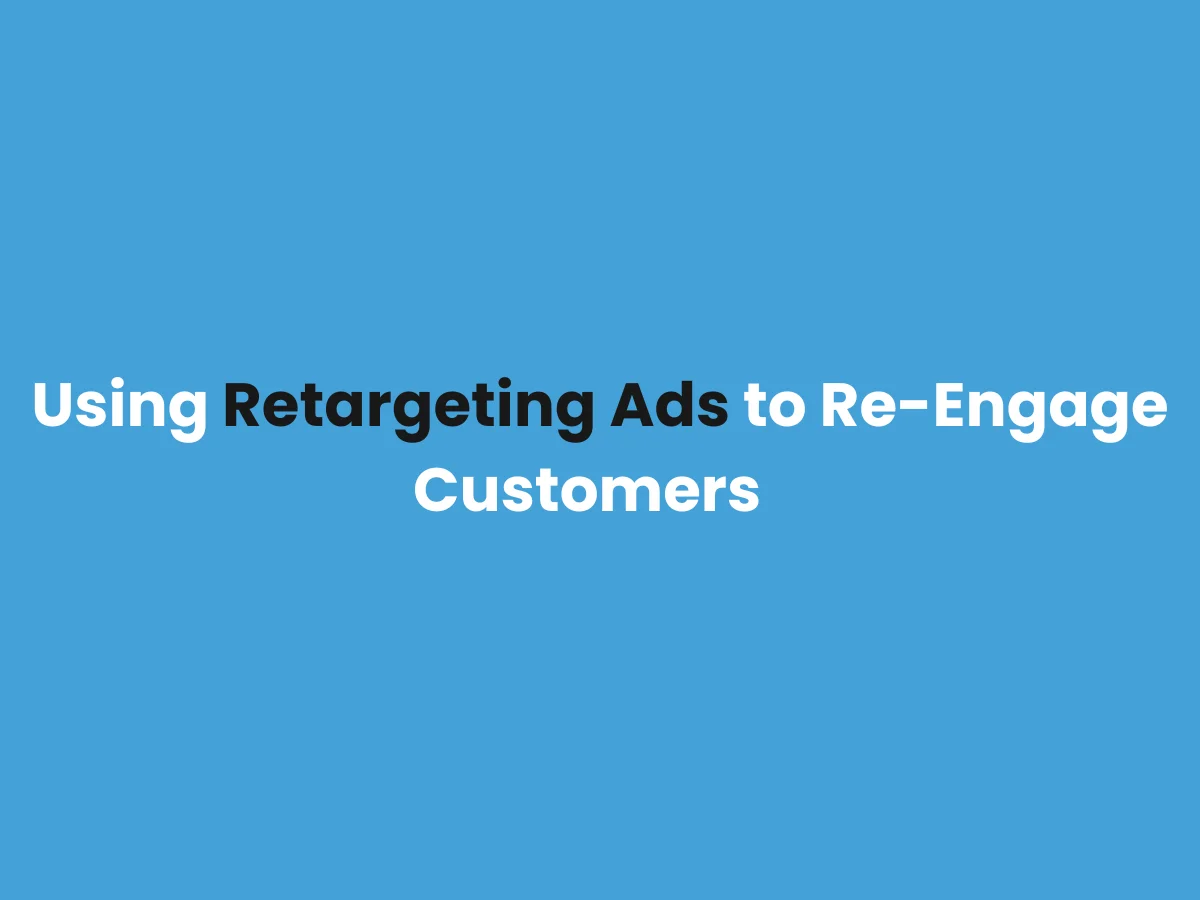Introduction to Programmatic Advertising
Programmatic advertising is revolutionizing digital marketing by automating the process of buying and selling ad spaces.Through digital tools these ads creatively match users and times based on scientific targeting data. The programmatic approach sends targeted ads instantly between diverse platforms including websites apps social media videos.
What is Programmatic Advertising?
Digital advertising systems based on algorithms and platforms automate buying and selling of media spaces. Digital advertisers compete in real time to purchase targeted advertising spots based on what their audiences want to see. These decisions are made within milliseconds, ensuring optimal ad performance.
For example, when a user visits a website, Programmatic technology reads how users interact with websites by looking at their actions and other user information. The system selects an appropriate advertisement based on user data to build a targeted experience and improve investment returns.
Programmatic advertising works through four main components for successful delivery.
Key Components of Programmatic Advertising
- Demand-Side Platform (DSP):
Through a DSP advertisers can place and purchase display ads across different digital platforms. Advertising companies can reach their ideal customer base by sending targeted ads through DSP systems that pinpoint exact location and customer characteristics.
Supply-Side Platform (SSP):
Through SSPs publishers can distribute their available ad spaces to buyers across the internet. Publishers can earn more income when they work with various DSPs.
- Real-Time Bidding (RTB):
Through Real-Time Bidding users can participate in live auctions to buy advertising space. Online advertisers offer bids to display their ads during user visits and the winning advertiser gets the best placement.
- Ad Exchange:
The online platform enables DSPs and SSPs to trade advertising space with publishers and advertisers.
Benefits of Programmatic Advertising
- Efficiency:
By automating the ad-buying process, marketers save time and resources. Campaigns are set up and managed effortlessly, reducing manual labor.
- Targeted Reach:
Programmatic advertising helps brands target audiences by using information about what they do, who they are, and where they are online.
- Transparency:
Advertisers track their ad placement data and performance metrics to maintain better control of their digital marketing activity.
- Real-Time Optimization:
Campaigns can be monitored and adjusted mid-flight to improve performance, ensuring maximum ROI.
How Programmatic Advertising Works
Programmatic advertising is a seamless and highly automated process that involves real-time transactions between advertisers and publishers. Here’s a detailed breakdown of how it works:
1. The Auction Process
The foundation of programmatic advertising is real-time bidding (RTB), which enables advertisers to bid for ad space in milliseconds. Here’s how the auction process unfolds:
- User Visit and Bid Request:
When a user lands on a publisher’s website or app, the publisher sends a bid request to a Supply-Side Platform (SSP). This request includes information about the user, such as demographics, browsing behavior, device type, and location, along with the details of the ad inventory available (e.g., size, placement, and format).
- SSP Relays Request to DSPs:
The SSP forwards this bid request to multiple Demand-Side Platforms (DSPs). DSPs are platforms used by advertisers to bid for and purchase ad impressions.
- Advertisers Analyze the Request:
Each DSP evaluates the bid request based on the advertiser’s targeting parameters. These parameters might include:
- Keywords
- User demographics
- Behavioral patterns (e.g., purchase history)
- Ad placement preferences
- Budget constraints
- Bidding Begins:
Once the analysis is complete, the DSP submits a bid on behalf of the advertiser. This bid represents the maximum price the advertiser is willing to pay for the ad impression.
- Auction and Selection:
The SSP conducts an auction, and the highest bidder wins. The winning advertiser’s ad is selected for display.
This entire process happens in less than a second, ensuring the user experiences no delay in page load times.
2. Ad Delivery
Once the auction concludes, the next step is ad delivery. Here’s how it works:
- Ad Rendering:
The winning ad creative (image, video, or text) is instantly rendered on the publisher’s website or app.
- User Experience:
The ad seamlessly integrates into the user’s browsing experience, appearing in the designated ad slot without interrupting site functionality.
- Personalization:
Programmatic technology delivers content to users based on their behavior patterns to create more meaningful and interesting ad experiences.
Example: If a user recently browsed for fitness gear, they might see ads for running shoes or workout apparel.
3. Performance Tracking
Programmatic advertising goes beyond ad distribution because it helps advertisers assess and enhance campaign results as events happen. Here’s how performance tracking works:
- Metrics Collection:
Advertisers gain access to key performance metrics, including:
- Impressions: How many times the ad was displayed.
- Clicks: The number of times users interacted with the ad.
- Conversions: Desired actions taken by users, such as purchases, form submissions, or downloads.
- Real-Time Monitoring:
The platform shows advertisers performance data from their marketing campaign results as they happen. Monitoring lets us find our strategies that succeed and those that need adjustment.
- Optimization:
Based on the collected data, advertisers can:
- Adjust bids for better placements.
- Refine audience targeting.
- Modify creative elements to enhance engagement.
- Allocate budgets more effectively to high-performing channels.
- Attribution Analysis:
Analytical tools help advertisers view which interactions support their marketing gains. This system helps us make more effective advertising choices based on our data feedback.
Example: Auction Process in Action
Imagine a user visiting a travel website. Here’s how the programmatic auction process might work:
- The user browses a page about tropical vacation destinations.
- The website sends a bid request to an SSP, including data about the user’s interest in travel.
- Multiple DSPs receive the bid request. An advertiser selling vacation packages bids $5 for the impression, while another offering travel insurance bids $3.
- The SSP selects the highest bid $5 and delivers the vacation package ad to the user.
- The user sees the ad in real-time, perhaps leading them to click on it and explore the vacation packages offered.
This cycle repeats for every user visit, making programmatic advertising a dynamic and efficient way to reach audiences.
Types of Programmatic Advertising
- Open Marketplaces:
These are public auctions where multiple advertisers bid for ad space.
- Private Marketplaces:
Invitation-only platforms that offer premium ad inventory.
- Programmatic Guaranteed:
Deals where advertisers secure ad placements in advance, ensuring fixed impressions.
- Preferred Deals:
Negotiated agreements between publishers and advertisers for priority ad placements.
Challenges of Programmatic Advertising
- Complex Learning Curve:
The complicated network of DSPs SSPs and ad exchanges presents new marketers with challenging entry barriers.
Transparency Issues:
The advantages of programmatic advertising need constant monitoring to safeguard brand reputation and fight against potential advertising fraud.
- High Competition:
More advertisers entering the programmatic space pushes brands to work harder for quality online space..
Examples of Programmatic Advertising in Action
- E-commerce:
A retail brand uses custom ads directed at users who left their shopping carts to show them the products they did not finish buying.
- Travel Industry:
Airlines display time-sensitive flight promotion ads directly to potential travelers who search about vacations online.
- Streaming Services:
Through Netflix users’ watch history Netflix personalizes product recommendations for upcoming shows.
Measuring Programmatic Advertising Success
Effective programmatic campaigns focus on:
- Impressions: The number of times an ad is displayed.
- Clicks: User interactions with the ad.
- Conversions: Desired user actions, such as purchases or sign-ups.
Businesses can adjust their plans and spend money better when they track these key numbers.
Conclusion
Programmatic advertising technology helps companies achieve more precise audience delivery while showing improved ad performance data. Businesses achieve better connections to their audience base through DSPs and SSPs while securing stronger outcomes. Moving forward with programmatic technology has become mandatory for brands aiming to succeed online.
Read also: Marketing to Gen Z in 2025
